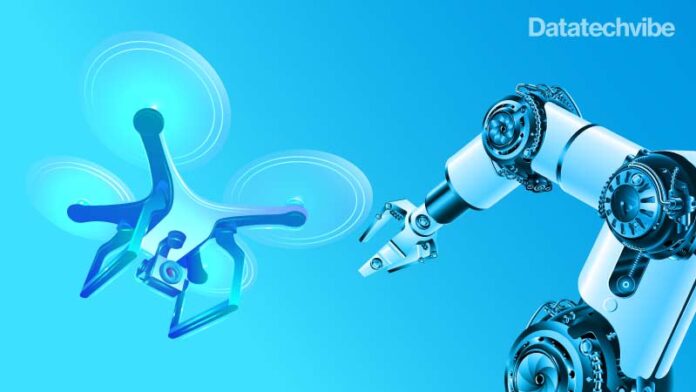Microsoft has used ChatGPT to create code for robotic arms and quadcopter drones from simple text commands given by humans, but experts warn that putting AI in control of such devices is a risky path
Microsoft has been attempting to include robotics in the capabilities of ChatGPT. And so, after a succession of incredibly exact cues, the artificial intelligence was able to create code that enabled it to take control of numerous machines, including a drone. With the use of Open AI’s ChatGPT, a research team has enabled humans to engage with robots in ways that appear natural to people.
One of the most recent achievements with AI was operating a drone without having any prior understanding of computer coding. due to the fact that ChatGPT may produce code. Yet in this case, the difficulty was in considering a wide range of factors that affect a drone’s flight, beginning with physics principles and other environmental factors.
In order to generate a code that could be utilised without endangering the device or anything nearby, the prompts had to include exact and comprehensive information. In the end, the drone was able to complete its flight objectives, weaving in and out of various obstructions and even shooting the desired shot while en route. These evaluations were conducted using the specific Microsoft AirSim platform. Microsoft has tested more robots, in addition to this drone, with mainly favourable outcomes.
The goal is to one day be able to command machines through natural language while depending on an AI to translate these commands into code. For the time being, these are simply experiments. You won’t need to be a coding expert to control a robot or drone thanks to ChatGPT (or similar artificial intelligence). To put it another way, Microsoft has already included ChatGPT in its Bing search engine and plans to incorporate it into Outlook and the rest of its Office suite soon.









